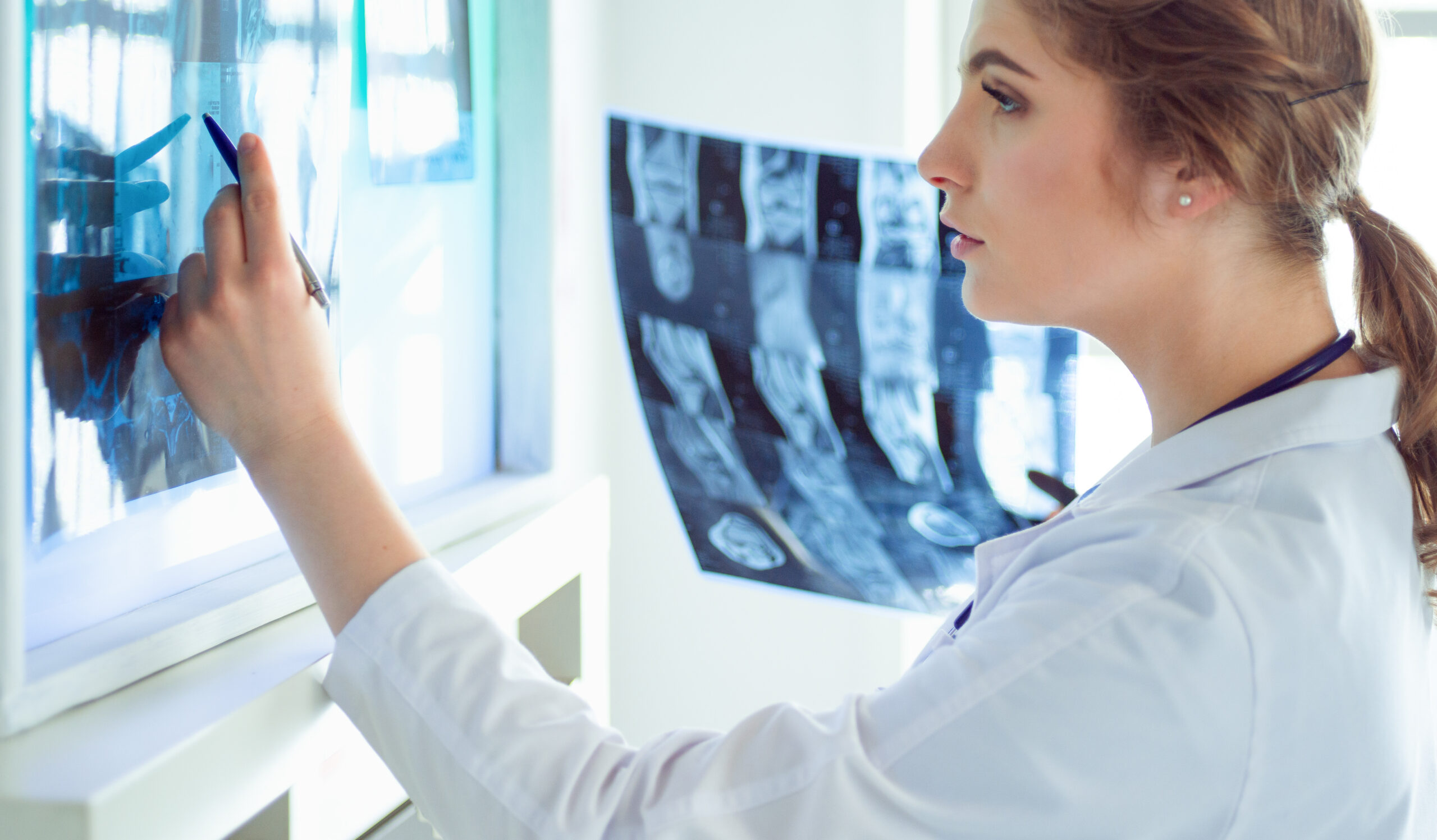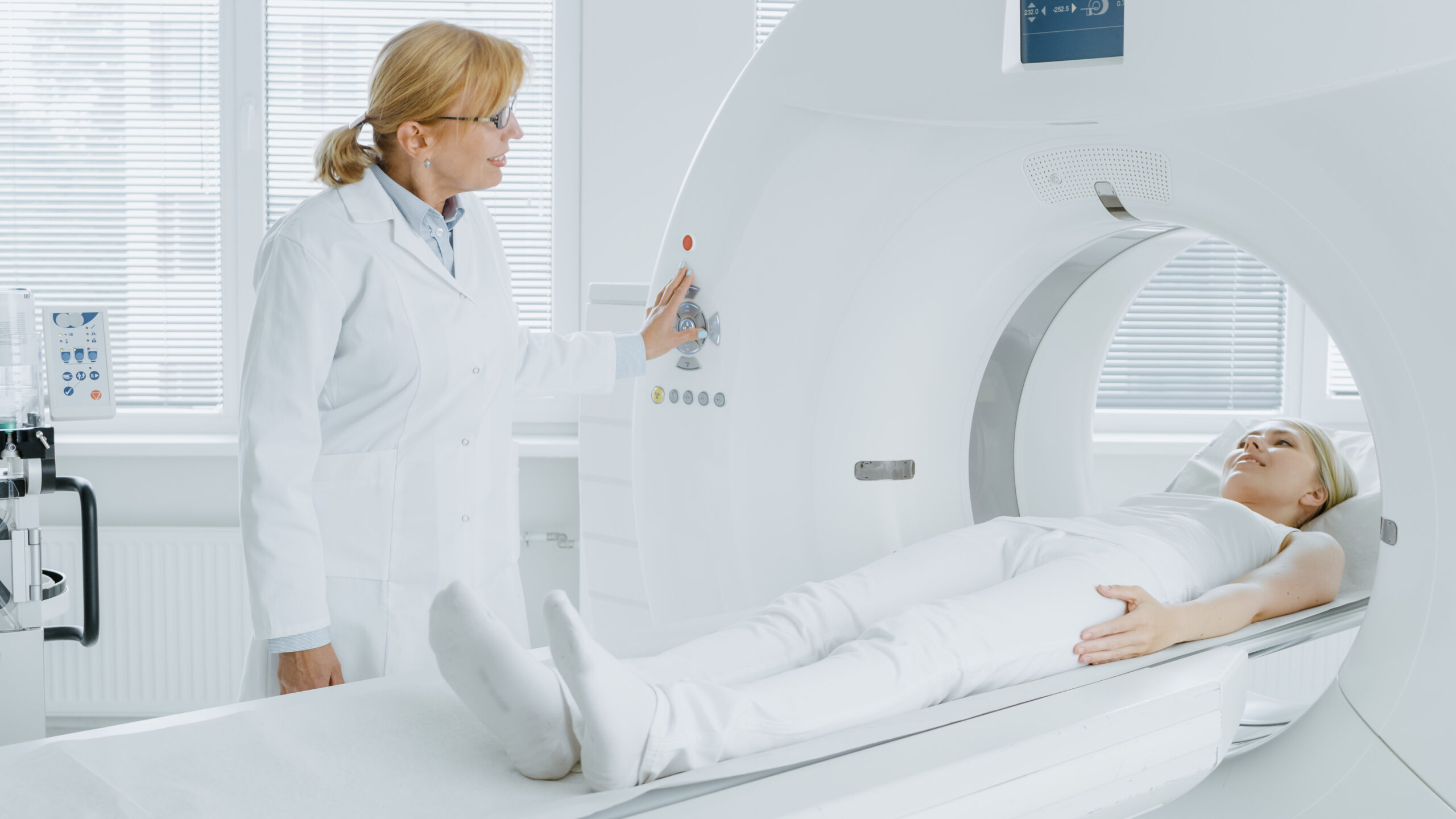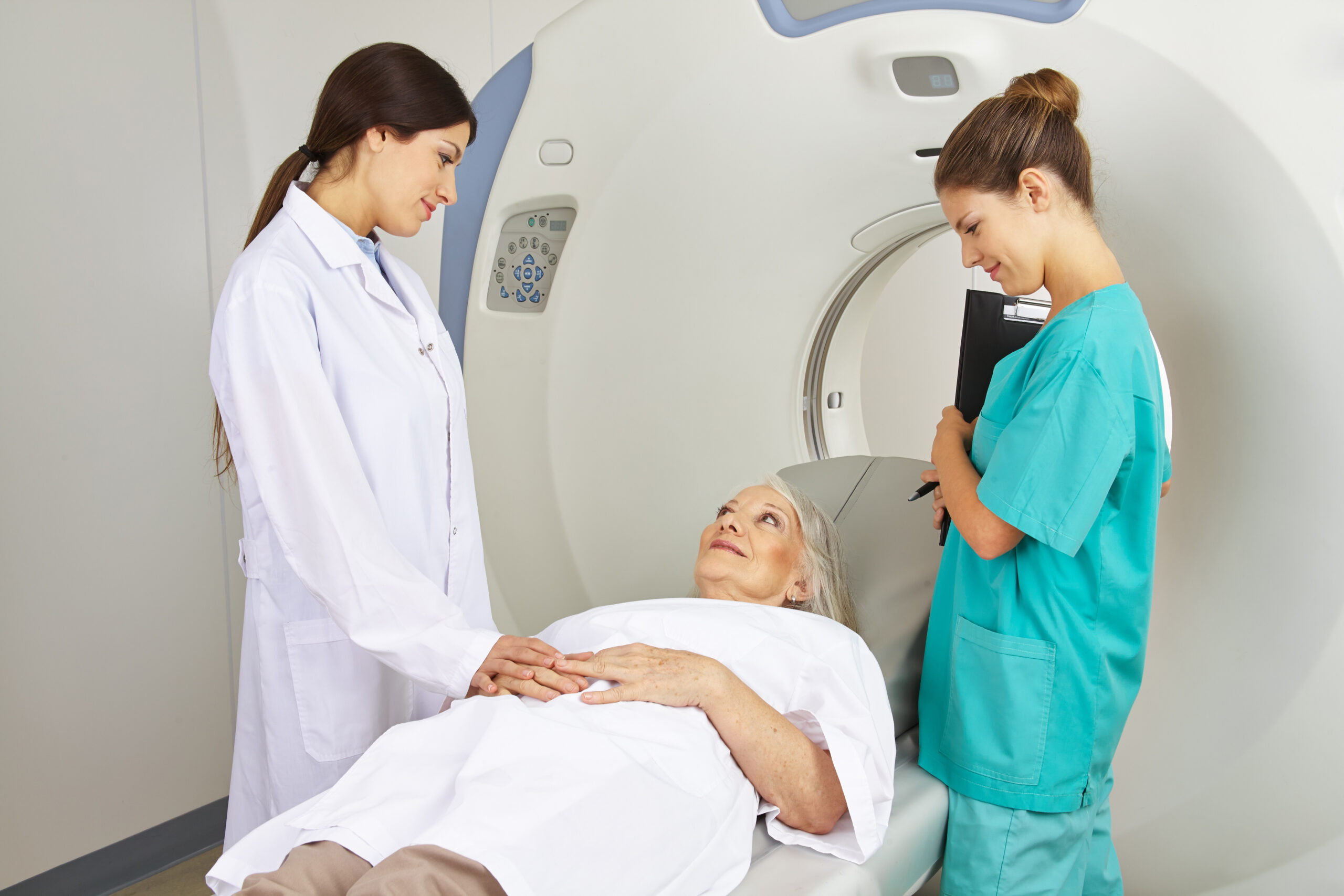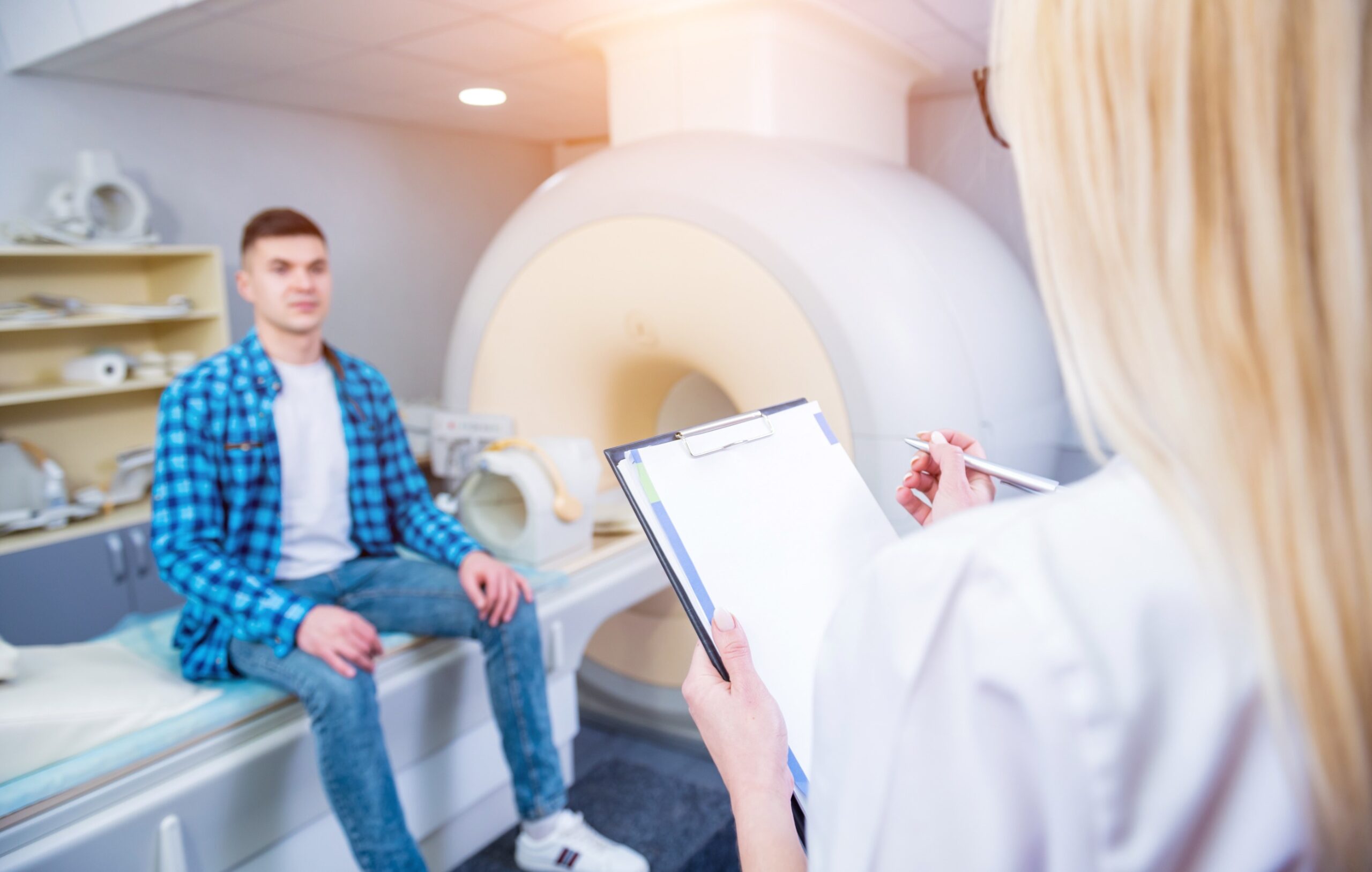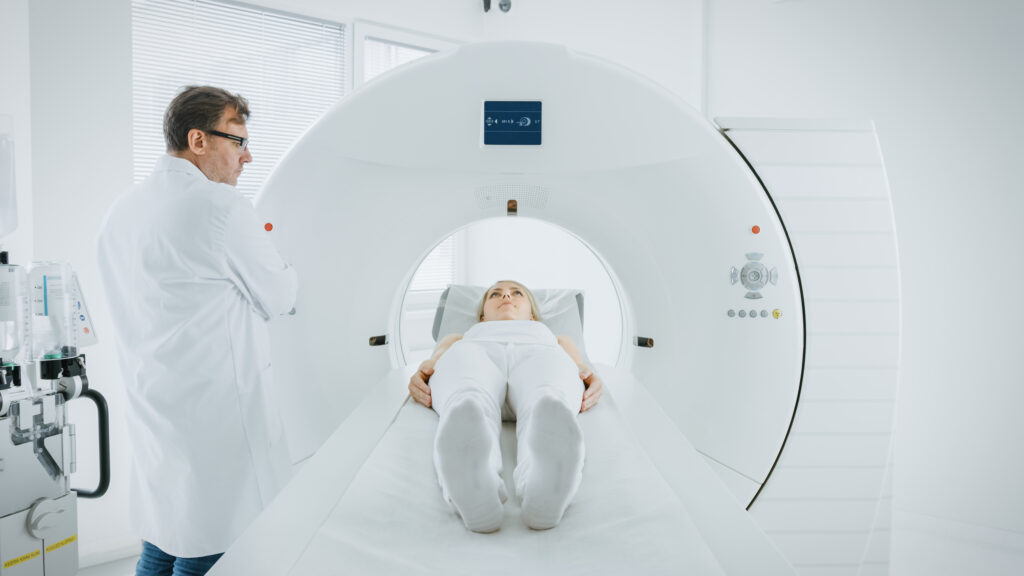
Diagnostic imaging plays a pivotal role in modern healthcare, enabling physicians to detect and monitor diseases with greater accuracy and efficiency. PET CT and MRI technologies, in particular, have significantly transformed the way we approach medical diagnostics. In Miami, advanced imaging solutions are helping physicians provide better, faster, and more reliable diagnoses for a wide range of conditions. In this blog, we’ll explore how these cutting-edge imaging techniques are improving patient care and enhancing medical outcomes in the Miami area.
Innovations in Diagnostic Imaging
Advancements in imaging technology have revolutionized how medical professionals understand and treat various conditions. PET CT (Positron Emission Tomography-Computed Tomography) and MRI (Magnetic Resonance Imaging) are two of the most significant innovations in the field.
PET CT combines the strengths of two imaging modalities: PET scans that detect cellular activity and CT scans that provide detailed anatomic images. This combination offers a comprehensive view of both the structure and function of organs and tissues, making it a powerful tool in diagnosing cancers, heart disease, neurological disorders, and more.
On the other hand, MRI uses strong magnetic fields and radio waves to produce high-resolution images of soft tissues without the use of ionizing radiation. It is particularly useful in diagnosing conditions affecting the brain, spinal cord, muscles, joints, and organs like the liver and kidneys.
How Advanced Techniques Improve Diagnosis
The use of advanced imaging techniques, such as PET CT and MRI, has led to numerous benefits for both patients and healthcare providers:
1. More Accurate Diagnoses
Advanced imaging provides more detailed and precise images of the body, enabling doctors to detect diseases at earlier stages when they are more treatable. PET CT is particularly effective in identifying cancerous tumors, assessing the extent of disease, and monitoring how tumors respond to treatment. MRI, meanwhile, offers highly detailed images of soft tissues, allowing for accurate diagnoses of neurological conditions, joint disorders, and cardiovascular issues.
2. Less Invasive Procedures
In many cases, these advanced imaging techniques allow for non-invasive or minimally invasive procedures that can replace traditional biopsies or exploratory surgeries. PET CT can provide essential information about the location and spread of cancer, reducing the need for multiple biopsies. Similarly, MRI is a non-invasive way to assess conditions like torn ligaments, herniated discs, or brain tumors, without the need for invasive exploratory surgeries.
3. Faster Diagnosis and Treatment
With the advanced technology offered by PET CT and MRI, doctors can obtain results quickly, allowing for faster decision-making. In emergency situations or when time is critical—such as in cases of stroke, heart attack, or traumatic injury—speedy imaging results can help doctors make timely decisions and begin treatment immediately, improving patient outcomes.
4. Better Monitoring of Treatment Progress
PET CT and MRI are invaluable tools for monitoring the progress of treatment. In cancer patients, for example, PET CT can determine whether a tumor is responding to chemotherapy or radiation, allowing doctors to adjust treatment plans as needed. MRI is often used to track the progression of chronic conditions like multiple sclerosis or spinal cord injuries, ensuring that the appropriate adjustments are made to the patient’s care plan.
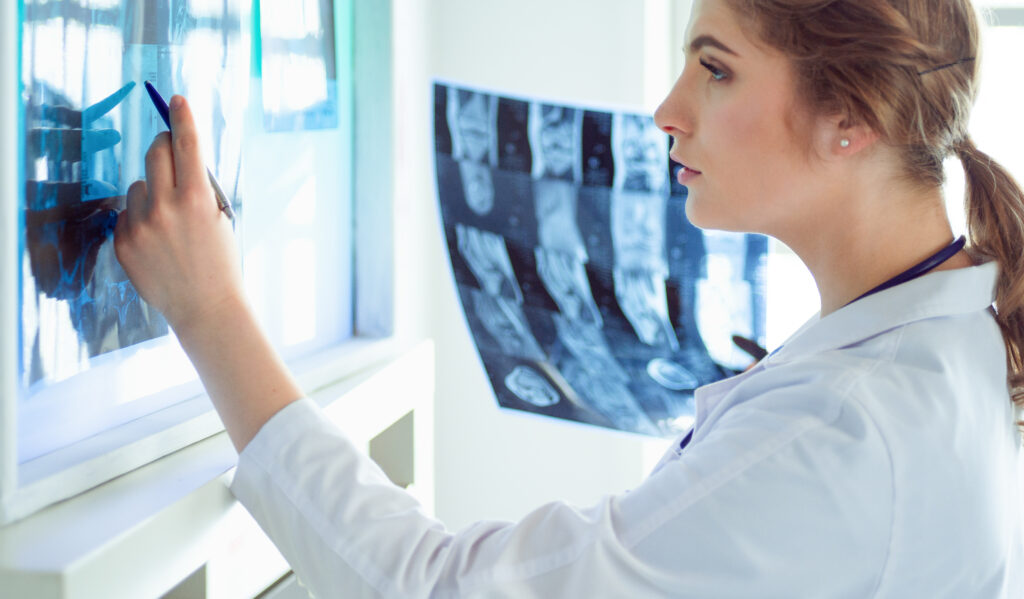
Our Commitment to Technology
At PET CT of Miami, we are committed to providing our patients with the highest standard of care through the latest advancements in diagnostic imaging. We continually invest in state-of-the-art equipment and technology to ensure that our patients receive the most accurate and reliable results possible.
Our team of expert radiologists and technicians is highly trained in utilizing these advanced imaging technologies to ensure that each patient’s scan is performed efficiently and accurately. We understand the importance of precision in diagnosis and the role it plays in determining the best course of treatment for each individual patient.
Conclusion
Incorporating advanced imaging technologies such as PET CT and MRI into diagnostic practices has dramatically enhanced patient care, making it possible to detect diseases earlier, treat them more effectively, and monitor treatment progress with greater accuracy. If you’re in the Miami area and in need of cutting-edge diagnostic imaging, PET CT of Miami is here to help.
We offer an easy and convenient way to schedule your appointment online. Contact us today to experience the future of diagnostic imaging and take the next step towards better health!
Schedule Your Appointment Today at PET CT of Miami! Scheduling your diagnostic imaging appointment at PET CT of Miami is quick and easy. Visit our website to book your appointment online, and experience the benefits of advanced imaging technology for your health and well-being. Let our team provide you with the expert care you deserve.

